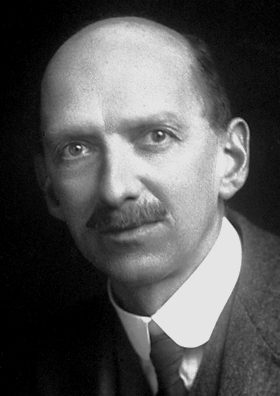A video on TikTok has been circulating that claims to show how to make radiation visible to the naked eye. Although it might be tempting to conclude that this video is some sort of hoax, the phenomena being demonstrated is actually well documented using a piece of equipment called a “cloud chamber”. Not only are the effects of this apparatus fascinating to observe, but they are also relatively easy to set up.
In the footage, a transparent box with an aluminum base plate is positioned over a Styrofoam sheet containing dry ice. The box has a line of felt sponges secured around its interior, which are then soaked in pure alcohol before the lid is placed on top. The creator then comments that “as the system cools, the alcohol vapor will sink to the bottom [of the box] and be super-cooled by the dry ice.” He explains that “the vapor wants to condense, but can’t” and that “when a particle of radiation comes flying through here, it ionizes the air and allows the vapor to momentarily condense, leaving a trail behind.”
The video goes on to show a lantern mantle containing thorium – a naturally occurring and slightly radioactive metal – suspended in the cloud chamber. The mantle is a blur with dozens of tiny streaking lines showing how radioactive particles are whizzing off from it.
Cloud chambers were first invented by the Scottish physicist Charles Thomson Rees Wilson in the 1890s. Wilson had originally designed the chambers, as part of his meteorological interests, as a way to duplicate the glory of a sun-drenched cloud he had seen on Ben Nevis, the highest mountain in Scotland. He created a method of making mist in a closed container by making the air supersaturated, which caused moisture to condense on dust particles.
A photo of Charles Thomson Rees Wilson, the inventor of the cloud chamber. Image Credit: AB Lagrelius & Westphal via Wikimedia Commons (Public Domain)
Wilson then replicated his method with dust-free air and observed that clouds would not form until supersaturation reached a certain point. He believed that the clouds were in fact the result of condensation on nuclei – most likely ions (charged atoms or molecules) in the air.
His hypothesis was supported by exposing his early cloud chamber to X-rays, which had only been discovered in 1895. The sheer amount of “rain-like” condensation – the streaks of activity seen in the chamber – fitted perfectly with observations that air was made conductive by X-rays. In 1911, Wilson became the first person to photograph the lines made by a particle moving through his cloud chamber. He was eventually awarded the Nobel Prize for the invention in 1927.
In response to his work, Ernest Rutherford stated that “no one will deny the extraordinary interest and importance of this method which showed for the first time and in such minute detail the effects of the passage of ionizing radiations through a gas.” He went on to say: “I am personally of the opinion that the researches of Mr Wilson in this field represent one of the most striking and important of the advances in atomic physics made in the last 20 years.”
Cloud chambers have been fundamental in the history of particle physics and are now used to detect cosmic rays – high-energy subatomic particles that constantly hit earth from outer space. These particles are harmless and thousands of them pass through us and the earth every second. And, like X-rays, their movement can be detected through a cloud chamber. In fact, CERN has even created a video showing you how to make your own.
Source Link: TikTok Video Shows How To Make Invisible Radiation Visible
